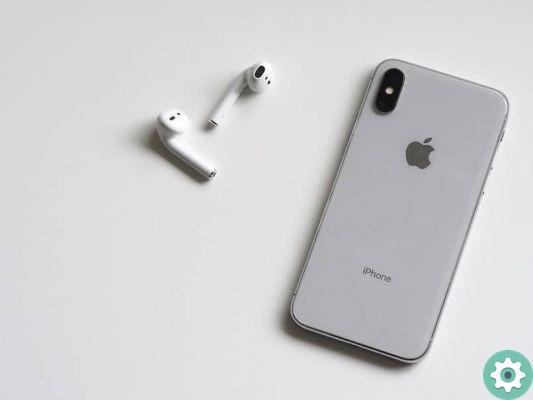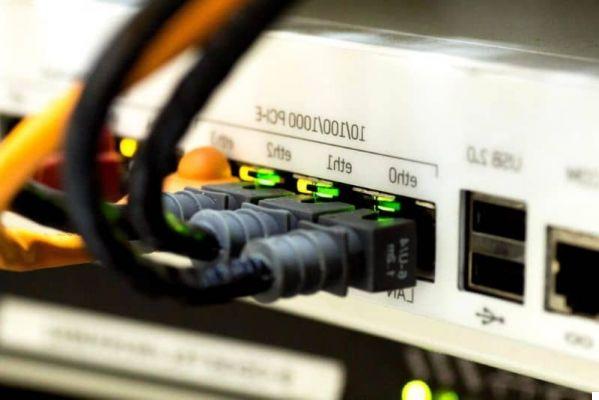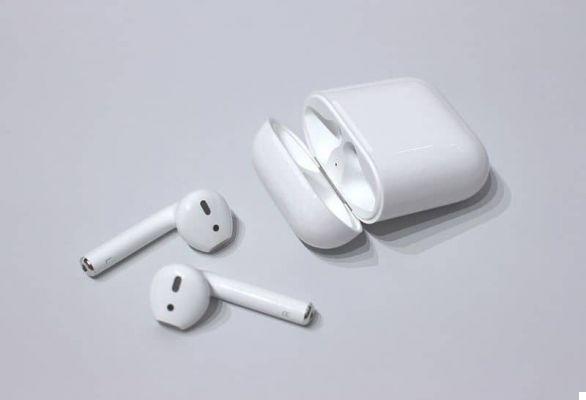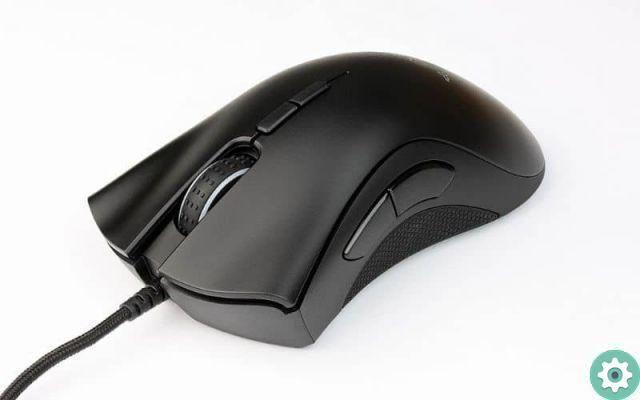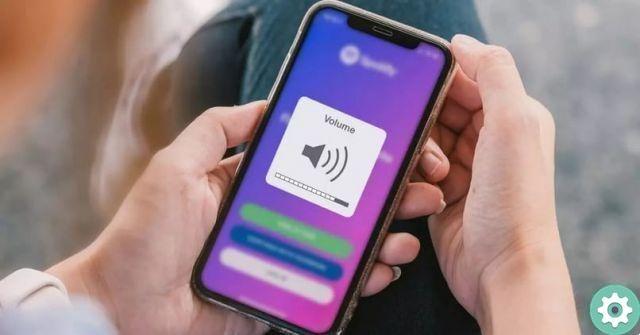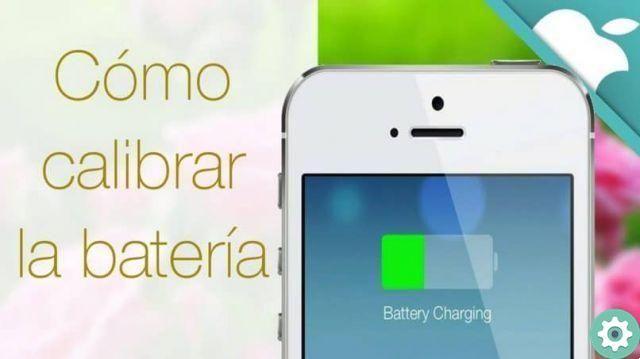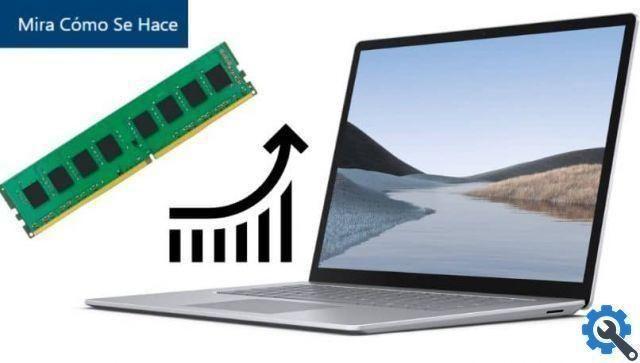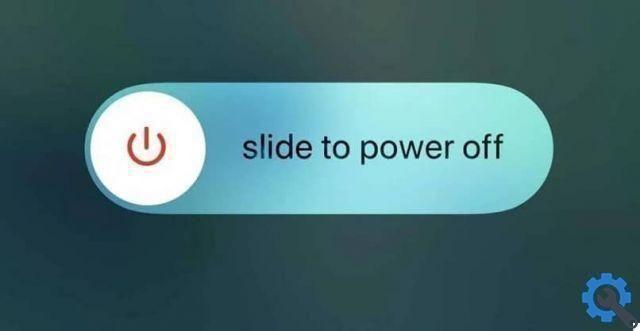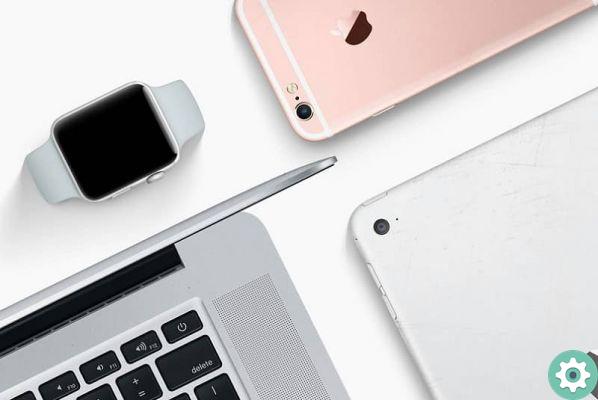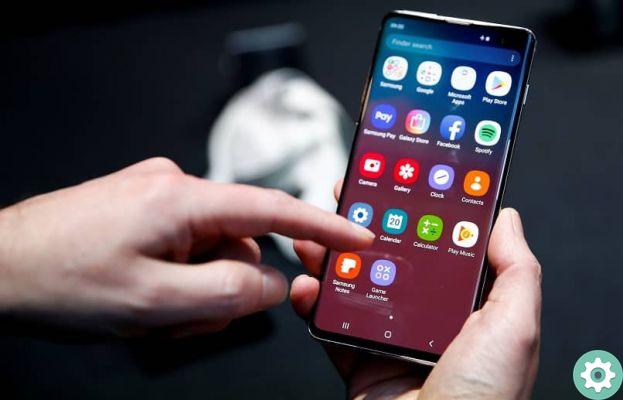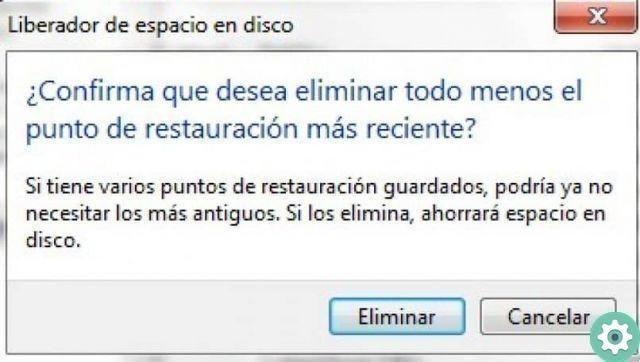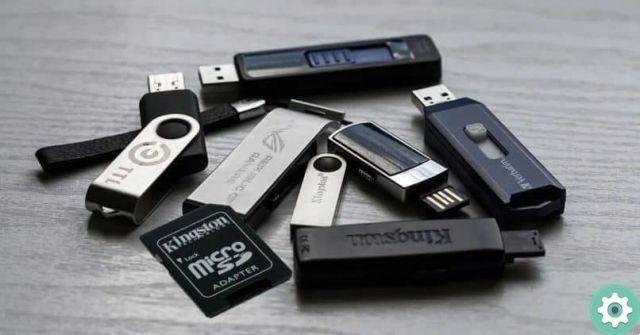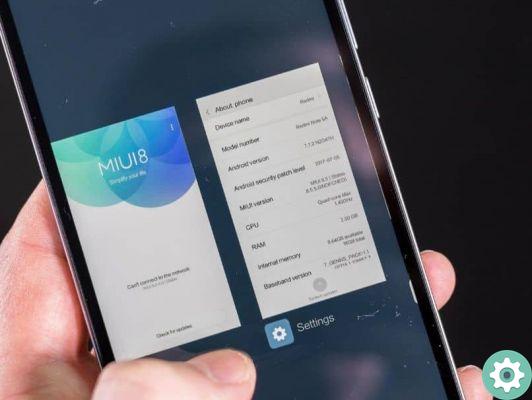Remember the "wow" effect? That incredible feeling that provokes us a new smartphone and that makes us immediately go to the store to buy it.
Well, today we will talk about the so-called "bait effect" something that has been around for a long time in marketing and has become fashionable with the arrival of the new Samsung Galaxy Note20. We will explain it to you.
What is the "bait effect" and how brands play with us
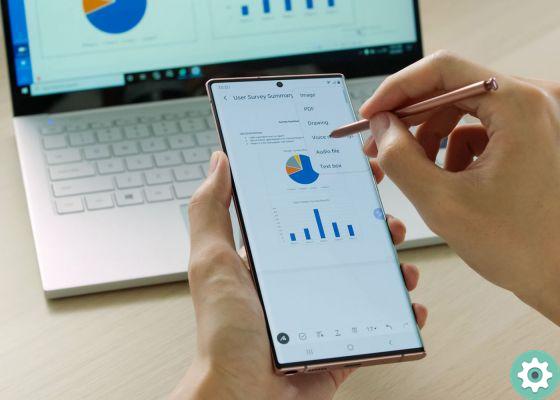
The Samsung Galaxy Note20 is the clear example of what the decoy effect is
A few days ago, the South Korean company presented its new devices, the Note20 and Note20 Ultra. Our first impressions were clear and that is unfortunately the Note20 disappointed us a little.
Its specs aren't a big breakthrough, they have a plastic back and their screen barely has a 60Hz refresh rate. And beware, we are talking about a 950 euro phone.
Is the Samsung Galaxy Note20 worth it? Honestly it is a terminal rather difficult to recommend especially if we compare it with its big brother, there Note20 Ultra.
120 Hz screen, protected by the new Gorilla Glass Victus, a much better photographic sector… in short a much more complete device.
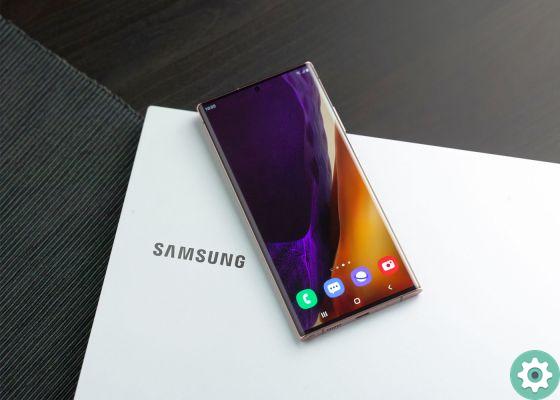
What do you think of the new Note20?
So who will buy the Note20 if the Note20 Ultra is so much better for a little more? What was Samsung thinking when it evaluated this device? No, Samsung had not consumed toxic substances, Samsung knew exactly what it was doing. The so-called "bait effect".
What the hell is the decoy effect? Very simple and clearly explained on Wikipedia. One brand launches two MP3 players. A model A for 350 euros with 30 GB and a model B for 250 with 20 GB. Those who want more storage will choose A and those who want something cheaper will choose B, but surely many people will opt for the latter.
But now the brand is launching a new model C, with 25 GB of storage and a price of 400 euros. Obviously no one will buy it, since everyone will get the Model A. More storage and less expensive. Model C is therefore a lure, a product that made everyone go to buy the world, more expensive it is interesting to note that a model B device.
If, on the other hand, there were only A and B, many people would opt for the cheaper one. On throwing option C more expensive and worse than A, everyone forgets B.
The problem is a bit difficult to explain, but back to Samsung. If the Note20 and Note20 ultra were pretty much the same options but with small insignificant details (like a smaller screen size), nobody would buy the Note20 Ultra. Why buy a more expensive model if it's the same?
Since the Note20 is a much worse phone than its big brother and very similarly priced, it is automatically discarded. In this way, the best choice is the Ultra model, a phone that is more expensive and therefore brings greater benefits to the company.
So is the Note20 a lure for people who buy the Ultra? It has all the looks and is that if not, we do not find another possible explanation.






